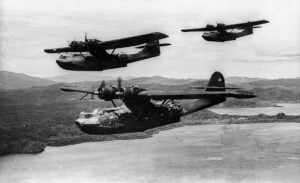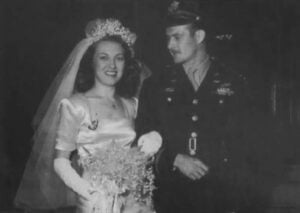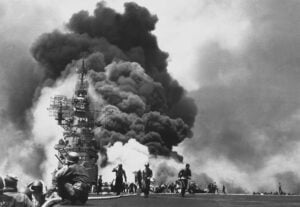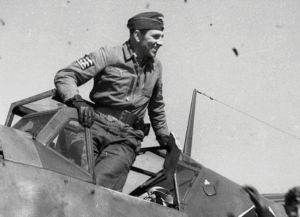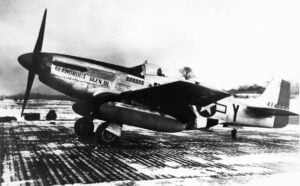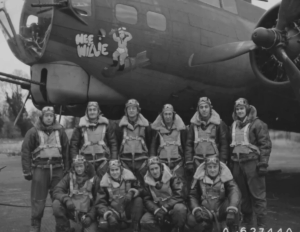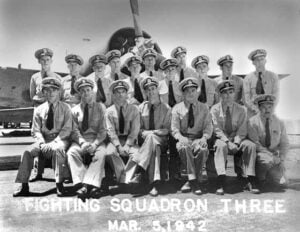The WWII Ace Who Fought for Both Sides
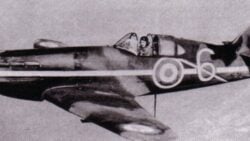
Wikimedia CC
World War II was full of paradoxes — and few men embodied them more than French ace Pierre Le Gloan, one of the rare pilots who fought for both the Axis and the Allies. His story is one of shifting allegiances, raw skill, and the tragic chaos of a world at war.
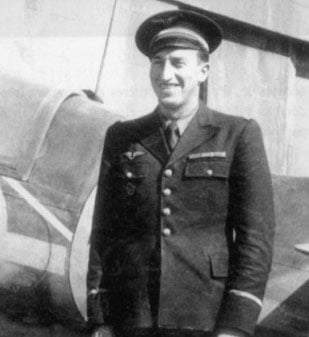
A Rising Star in the French Air Force
Born in 1913 in Brittany, Le Gloan joined the French Air Force long before war clouds gathered over Europe. When Germany invaded France in May 1940, he was flying the Morane-Saulnier MS.406, an outmatched but nimble fighter. Against overwhelming odds, Le Gloan proved himself a natural-born marksman. Within days, he had shot down two Dornier Do 17 bombers and two Heinkel He 111s, helping to slow the relentless Luftwaffe assault.
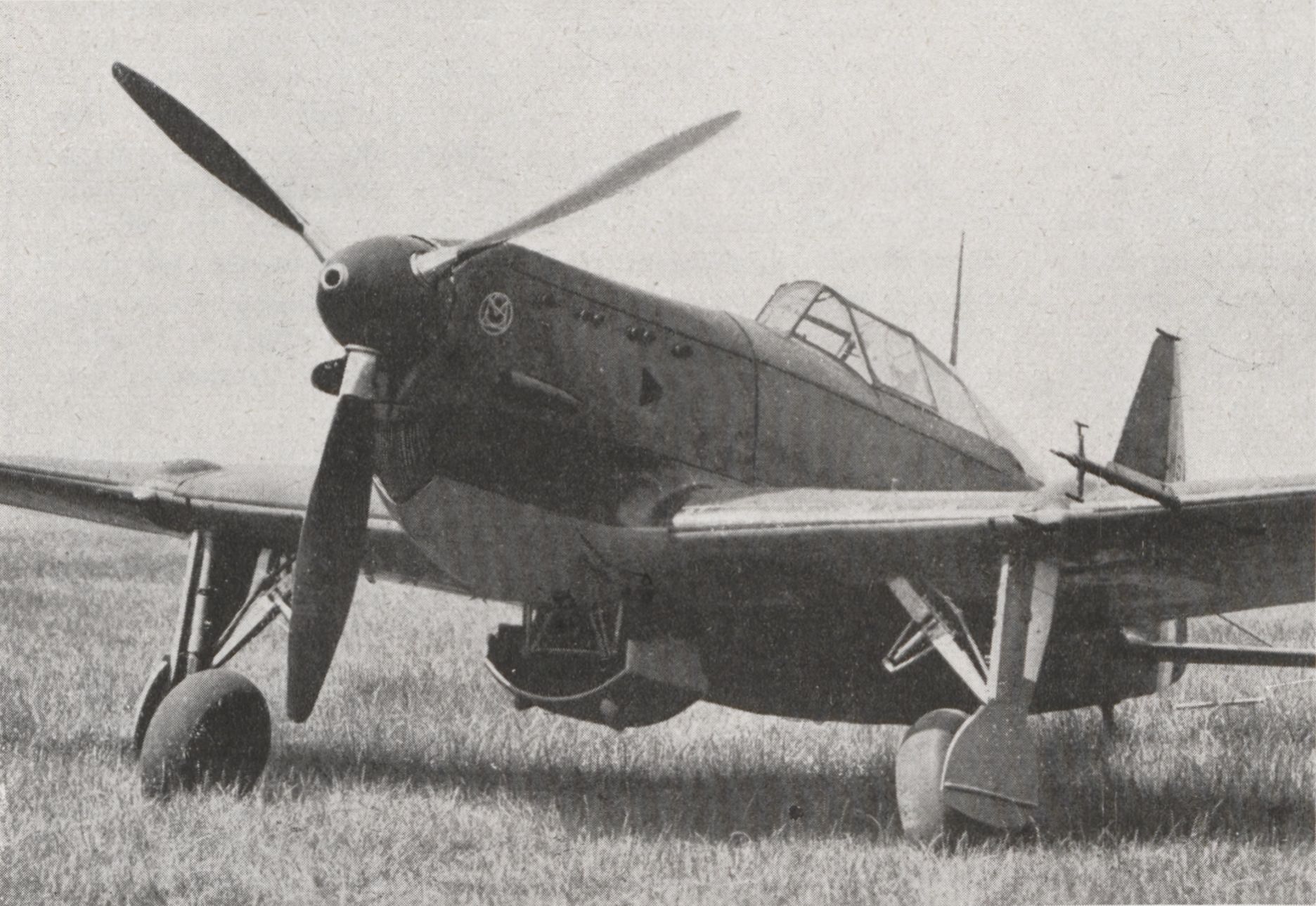
Against Italy and the Fall of France
When Italy joined the war in June 1940, Le Gloan’s squadron was reequipped with the faster Dewoitine D.520, France’s best homegrown fighter. Over the Mediterranean, he destroyed three Fiat CR.42 Falcos and several Fiat BR.20 bombers — an astonishing feat that made him one of France’s first aces of the war.
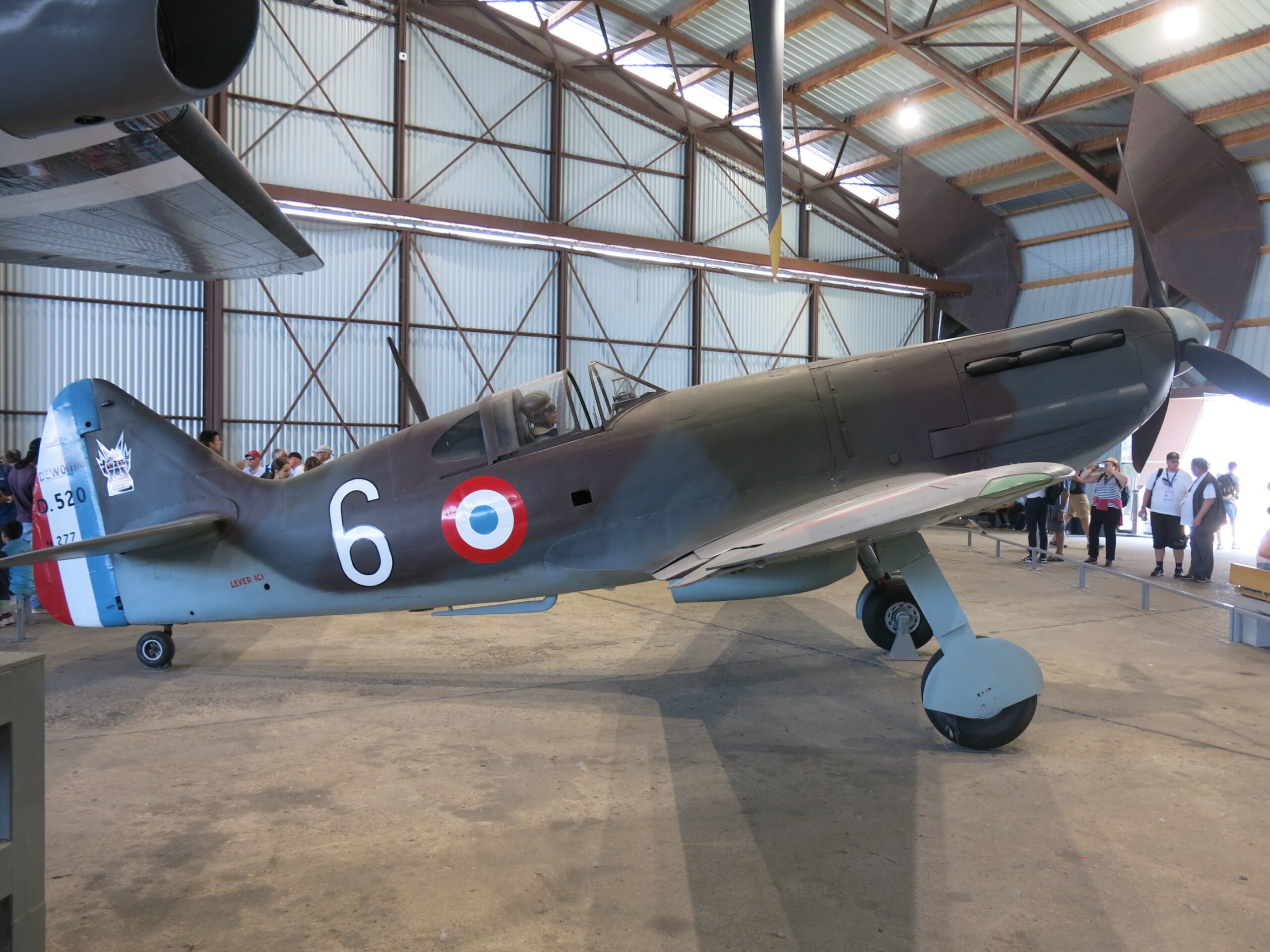
But victory was short-lived. Following France’s surrender, Le Gloan found himself serving under the Vichy regime, the collaborationist government that maintained control over French colonies under Axis oversight.
Fighting Former Allies in the Middle East
Transferred to French Syria in 1941, Le Gloan suddenly faced a new enemy: the British. In the brief but fierce Syria–Lebanon Campaign, Vichy and Allied forces clashed in the desert skies. Flying the same D.520 that had once defended France, Le Gloan shot down several Hawker Hurricanes and even a Gloster Gladiator — all flown by men who, just a year earlier, had been his allies.
The irony was not lost on him. Like many French pilots, Le Gloan was simply following orders, caught between loyalty to his homeland and the uncertain politics of occupation.
Back to the Allied Cause
By late 1942, the tide of war shifted again. After Operation Torch, the Allied landings in North Africa, Vichy forces in Algeria switched sides — and so did Le Gloan. Once again flying for the Free French under Allied command, he transitioned to the Bell P-39 Airacobra, an American-built fighter that became his new weapon of choice.
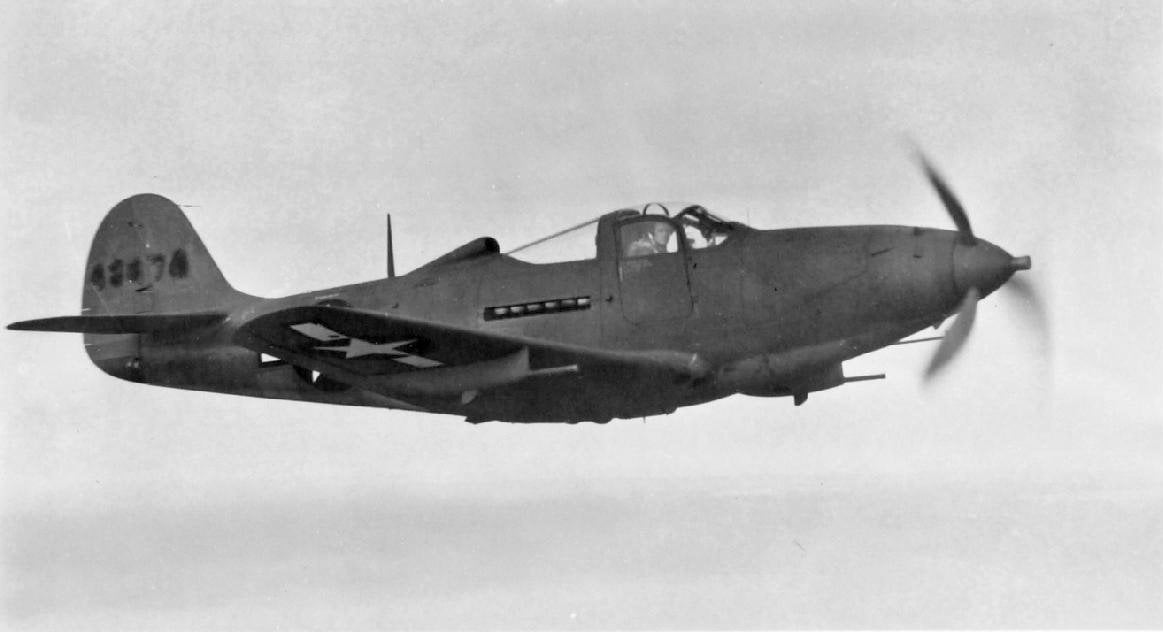
Despite the constant changes in aircraft, command, and allegiance, Le Gloan remained a warrior. By 1943, he had scored 18 confirmed aerial victories, making him one of France’s top aces of the entire war.
A Hero’s Tragic End
Tragically, his life was cut short not in battle, but during a routine flight. In September 1943, his P-39 suffered engine trouble over Algeria. Attempting an emergency landing, the aircraft exploded — ending the life of a man who had fought with unmatched skill for both sides of a divided world.
Pierre Le Gloan’s story remains one of the most remarkable and bittersweet tales in aviation history — a reminder that in war, even heroes can be trapped by circumstance.














